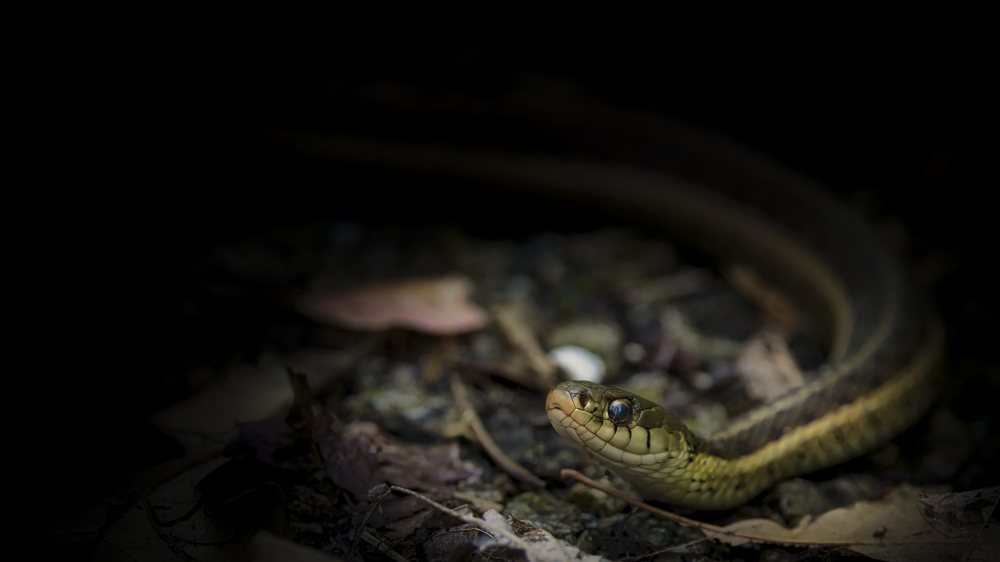
Common Grackle
(Quiscalus quiscula)
The term "grackle" refers to several species of blackbirds that belong to the genus Quiscalus, which is part of the family Icteridae. Grackles are known for their distinctive appearances, vocalizations, and behaviors. Here are some key facts about grackles:
- Appearance: Grackles are typically medium to large-sized birds, ranging from about 11 to 14 inches (28 to 36 cm) in length. They have long tails and relatively slender bodies. The males of many grackle species have iridescent black plumage with hints of purple, blue, or green. Females are generally duller in color, with brown or grayish-brown feathers.
- Common Grackle: The Common Grackle (Quiscalus quiscula) is one of the most well-known species. It is found in North America and is known for its glossy black plumage, yellow eyes, and long keel-shaped tails. Males have iridescent heads and bronzy-tinged feathers. Females have a more subdued appearance.
- Range and Habitat: Grackles are native to the Americas, with various species found in different regions. They are widespread and can be found in a wide range of habitats, including woodlands, fields, wetlands, and urban areas. Some species, like the Great-tailed Grackle, are adaptable and have expanded their range into new areas.
- Vocalizations: Grackles are known for their diverse and often loud vocalizations. Their calls can include harsh, raspy, and gurgling sounds. Males sometimes make a distinctive "squeaky gate" sound during courtship displays. They are capable of mimicking other bird calls and environmental sounds.
- Behavior: Grackles are highly social birds that often gather in large flocks, especially outside the breeding season. They are known for their synchronized flock movements, creating mesmerizing displays in the sky. Grackles are omnivorous, feeding on a wide variety of foods including insects, fruits, seeds, grains, and even small vertebrates.
- Nesting and Reproduction: Grackles typically build nests in trees or shrubs, using twigs, grass, and other plant materials. Males engage in elaborate courtship displays, puffing up their feathers, spreading their wings, and making various calls. Females lay multiple eggs in a clutch, and both parents take turns incubating the eggs and caring for the young.
- Conservation Status: Grackle species, such as the Common Grackle, are generally not considered threatened. However, some local populations may face habitat loss or other challenges due to urbanization, agriculture, or pesticide use.
Grackles are fascinating birds with their bold appearances, gregarious behaviors, and diverse vocalizations. Their adaptability and ability to thrive in a variety of environments make them a common sight in many parts of the Americas.
